Selective Immobilization of His-Tagged Enzyme on Ni-Chelated Ion Exchange Resin and Its Application in Protein Purification
Abstract
1. Introduction
2. Results
2.1. The Binding Behavior of Ion Exchange Resin with Metal Ions (Ni2+, Co2+)
2.2. Enzyme Immobilization Capacity
2.3. Enzyme Activity of Immobilized PMI
2.4. Reusability and Stability of Immobilized PMI
2.5. Purification of PMI from Crude Enzyme Solution by Ni-Chelated Ion Exchange Resin Column
3. Discussion
4. Materials and Methods
4.1. Materials
4.2. Pretreatment of Resin
4.3. Adsorption of Resin with Metal Ions (Ni2+ and Co2+)
4.4. Induced Expression of PMI
4.5. Separation and Purification of PMI
4.6. Assembly of Resin with PMI
4.7. Preparation of Ion Exchange Resin Column
4.8. Characterization
5. Conclusions
Author Contributions
Funding
Institutional Review Board Statement
Informed Consent Statement
Data Availability Statement
Conflicts of Interest
References
- Datta, S.; Christena, L.R.; Rajaram, Y.R. Enzyme immobilization: An overview on techniques and support materials. 3 Biotech 2013, 3, 1–9. [Google Scholar] [CrossRef]
- Liese, A.; Hilterhaus, L. Evaluation of immobilized enzymes for industrial applications. Chem. Soc. Rev. 2013, 42, 6236–6249. [Google Scholar] [CrossRef] [PubMed]
- Taheri-Kafrani, A.; Kharazmi, S.; Nasrollahzadeh, M.; Soozanipour, A.; Ejeian, F.; Etedali, P.; Mansouri-Tehrani, H.A.; Razmjou, A.; Yek, S.M.; Varma, R.S. Recent developments in enzyme immobilization technology for high-throughput processing in food industries. Crit. Rev. Food Sci. Nutr. 2021, 61, 3160–3196. [Google Scholar] [CrossRef] [PubMed]
- Yushkova, E.D.; Nazarova, E.A.; Matyuhina, A.V.; Noskova, A.O.; Shavronskaya, D.O.; Vinogradov, V.V.; Skvortsova, N.N.; Krivoshapkina, E.F. Application of Immobilized Enzymes in Food Industry. J. Agric. Food Chem. 2019, 67, 11553–11567. [Google Scholar] [CrossRef] [PubMed]
- Zdarta, J.; Jankowska, K.; Bachosz, K.; Degórska, O.; Kaźmierczak, K.; Nguyen, L.N.; Nghiem, L.D.; Jesionowski, T. Enhanced Wastewater Treatment by Immobilized Enzymes. Curr. Pollut. Rep. 2021, 7, 167–179. [Google Scholar] [CrossRef]
- Arnold, J.; Chapman, J.; Arnold, M.; Dinu, C.Z. Hyaluronic Acid Allows Enzyme Immobilization for Applications in Biomedicine. Biosensors 2022, 12, 28. [Google Scholar] [CrossRef]
- Karimi Alavijeh, M.; Meyer, A.S.; Gras, S.L.; Kentish, S.E. Improving β-Galactosidase-Catalyzed Transglycosylation Yields by Cross-Linked Layer-by-Layer Enzyme Immobilization. ACS Sustain. Chem. Eng. 2020, 8, 16205–16216. [Google Scholar] [CrossRef]
- Wang, L.; Guan, S.; Bai, J.; Jiang, Y.; Song, Y.; Zheng, X.; Gao, J. Enzyme immobilized in BioMOFs: Facile synthesis and improved catalytic performance. Int. J. Biol. Macromol. 2020, 144, 19–28. [Google Scholar] [CrossRef]
- Ren, Y.; Zhang, L.; Sun, T.; Yin, Y.; Wang, Q. Enzyme Immobilization on a Delignified Bamboo Scaffold as a Green Hierarchical Bioreactor. ACS Sustain. Chem. Eng. 2022, 10, 6244–6254. [Google Scholar] [CrossRef]
- Qi, L.; Qiao, J. Design of Switchable Enzyme Carriers Based on Stimuli-Responsive Porous Polymer Membranes for Bioapplications. ACS Appl. Bio. Mater. 2021, 4, 4706–4719. [Google Scholar] [CrossRef]
- Liu, Y.C.; Jonathan, Y. Enzyme immobilization on cellulose matrixes. J. Bioact. Compat. Polym. 2016, 31, 553–567. [Google Scholar] [CrossRef]
- Dessouki, A.M.; Issa, G.I.; Atia, K.S. Pullulanase immobilization on natural and synthetic polymers. J. Chem. Technol. Biotechnol. 2001, 76, 700–706. [Google Scholar] [CrossRef]
- Rather, A.H.; Khan, R.S.; Wani, T.U.; Beigh, M.A.; Sheikh, F.A. Overview on immobilization of enzymes on synthetic polymeric nanofibers fabricated by electrospinning. Biotechnol. Bioeng. 2022, 119, 9–33. [Google Scholar] [CrossRef] [PubMed]
- Petrov, A.L.; Erankin, S.V.; Petrov, L.A.; Shishmakov, A.B. Sol-Gel Synthesis of an Organic-Inorganic Composite for Preparation of an Active Carrier of alpha-Amylase. Glass Phys. Chem. 2012, 38, 105–108. [Google Scholar] [CrossRef]
- Zeuner, B.; Ovtar, S.; Persson, A.H.; Foghmoes, S.; Berendt, K.; Ma, N.; Kaiser, A.; Della Negra, M.; Pinelo, M. Surface treatments and functionalization of metal-ceramic membranes for improved enzyme immobilization performance. J. Chem. Technol. Biotechnol. 2020, 95, 993–1007. [Google Scholar] [CrossRef]
- Thakur, K.; Attri, C.; Seth, A. Nanocarriers-based immobilization of enzymes for industrial application. 3 Biotech 2021, 11, 427. [Google Scholar] [CrossRef]
- Bedzo, O.K.K.; Trollope, K.; Gottumukkala, L.D.; Coetzee, G.; Gorgens, J.F. Amberlite IRA 900 versus calcium alginate in immobilization of a novel, engineered beta-fructofuranosidase for short-chain fructooligosaccharide synthesis from sucrose. Biotechnol. Prog. 2019, 35, e2797. [Google Scholar] [CrossRef]
- Rahman, M.B.A.; Zaidan, U.H.; Basri, M.; Hussein, M.Z.; Rahman, R.N.Z.R.A.; Salleh, A.B. Enzymatic synthesis of methyl adipate ester using lipase from Candida rugosa immobilised on Mg, Zn and Ni of layered double hydroxides (LDHs). J. Mol. Catal. B-Enzym. 2008, 50, 33–39. [Google Scholar] [CrossRef]
- Nuraliyah, A.; Perdani, M.S.; Putri, D.N.; Sahlan, M.; Wijanarko, A.; Hermansyah, H. Effect of Additional Amino Group to Improve the Performance of Immobilized Lipase From Aspergillus niger by Adsorption-Crosslinking Method. Front. Energy Res. 2021, 9, 616945. [Google Scholar] [CrossRef]
- Holyavka, M.G.; Kondratyev, M.S.; Lukin, A.N.; Agapov, B.L.; Artyukhov, V.G. Immobilization of inulinase on KU-2 ion-exchange resin matrix. Int. J. Biol. Macromol. 2019, 138, 681–692. [Google Scholar] [CrossRef]
- Tamura, A.; Satoh, E.; Kashiwada, A.; Matsuda, K.; Yamada, K. Removal of Alkylphenols by the Combined Use of Tyrosinase Immobilized on Ion-Exchange Resins and Chitosan Beads. J. Appl. Polym. Sci. 2010, 115, 137–145. [Google Scholar] [CrossRef]
- Stahlberg, J.; Jonsson, B.; Horvath, C. Theory for electrostatic interaction chromatography of proteins. Anal. Chem. 1991, 63, 1867–1874. [Google Scholar] [CrossRef] [PubMed]
- Xu, M.; Shi, Z.; He, B. Synthesis, Structures and Properties of Hypercrposslinked Polystyrene Adsorbents. Ionexchange Adsorbtion 1994, 10, 555–562. [Google Scholar]
- Xu, M.; Shi, Z.; He, B. Preparation of strongly basic porous anion exchange resin. Chin. Sci. Bulletin. 1957, 6, 169. [Google Scholar]
- Shi, Q.; Jia, G.; Sun, Y. Dextran-grafted cation exchanger based on superporous agarose gel: Adsorption isotherms, uptake kinetics and dynamic protein adsorption performance. J. Chromatogr. A 2010, 1217, 5084–5091. [Google Scholar] [CrossRef]
- Gospodarek, A.M.; Hiser, D.E.; O’Connell, J.P.; Fernandez, E.J. Unfolding of a model protein on ion exchange and mixed mode chromatography surfaces. J. Chromatogr. A 2014, 1355, 238–252. [Google Scholar] [CrossRef]
- Wang, K.; Zhao, L.; Li, T.; Wang, Q.; Ding, Z.; Dong, W. Selective Immobilization of His-Tagged Phosphomannose Isomerase on Ni Chelated Nanoparticles with Good Reusability and Activity. Chembiochem 2022, 23, e202100497. [Google Scholar] [CrossRef] [PubMed]
- Smith, D.J.; Payton, M.A. Hyphal tip extension in Aspergillus nidulans requires the manA gene, which encodes phosphomannose isomerase. Mol. Cell. Biol. 1994, 14, 6030–6038. [Google Scholar]
- Yeom, S.J.; Ji, J.H.; Yoon, R.Y.; Oh, D.K. L-ribulose production from L-arabinose by an L-arabinose isomerase mutant from Geobacillus thermodenitrificans. Biotechnol. Lett. 2008, 30, 1789–1793. [Google Scholar] [CrossRef]
- Joersbo, M.; Okkels, F.T. A novel principle for selection of transgenic plant cells: Positive selection. Plant Cell Rep. 1996, 16, 219–221. [Google Scholar] [CrossRef]
- Sigdel, S.; Singh, R.; Kim, T.-S.; Li, J.; Kim, S.-Y.; Kim, I.-W.; Jung, W.-S.; Pan, C.-H.; Kang, Y.C.; Lee, J.-K. Characterization of a Mannose-6-Phosphate Isomerase from Bacillus amyloliquefaciens and Its Application in Fructose-6-Phosphate Production. PLoS ONE 2015, 10, e0131585. [Google Scholar] [CrossRef] [PubMed]
- Li, Y.; Zhao, L.; Gu, Z.; Li, Y.; Shi, G.; Ding, C. Heterologous expression and characterization of the key enzymes involved in sugar donor synthesis of polysaccharide in Ganoderma lcidum. Microbiol. China 2019, 46, 3233–3247. [Google Scholar]
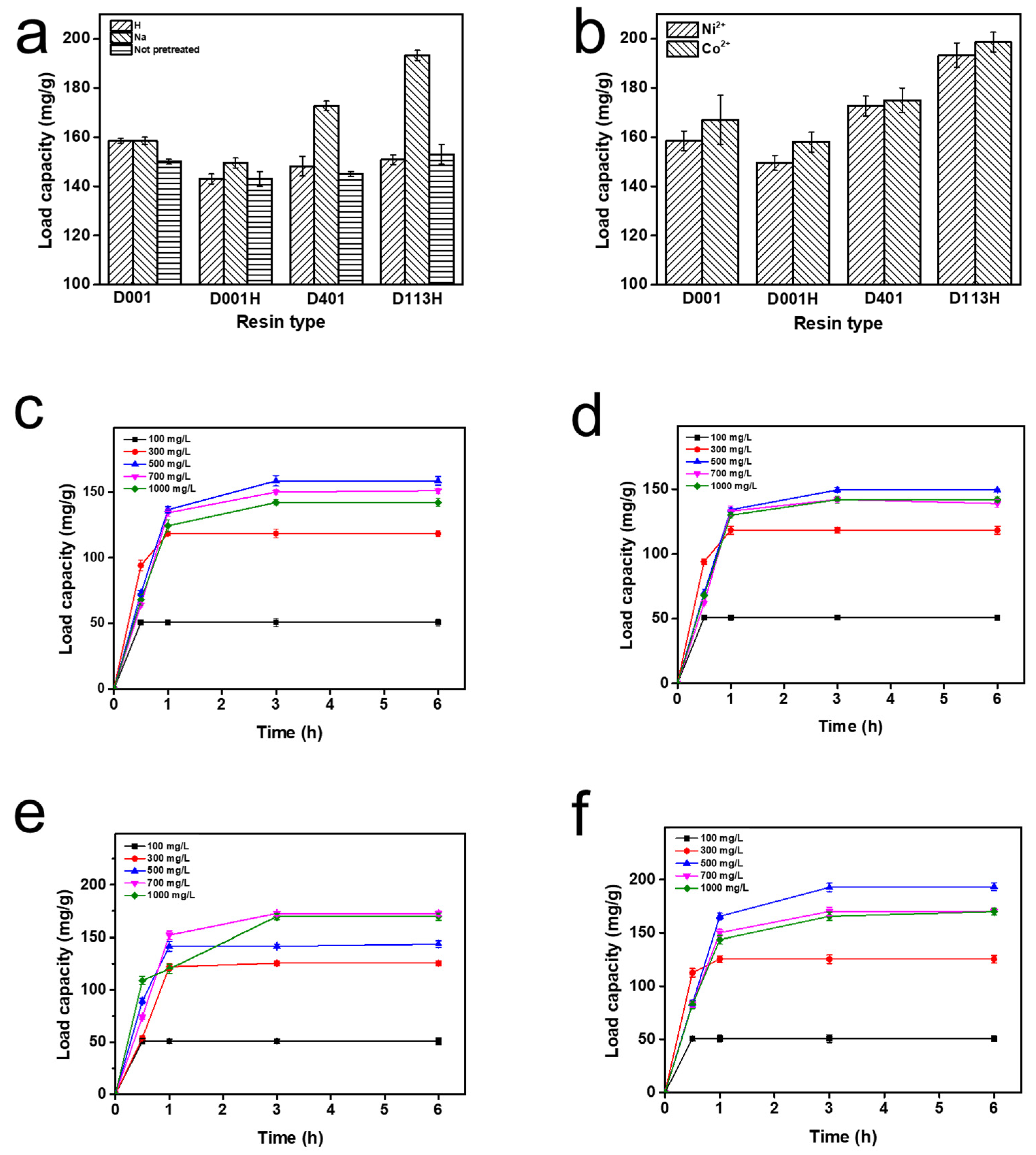
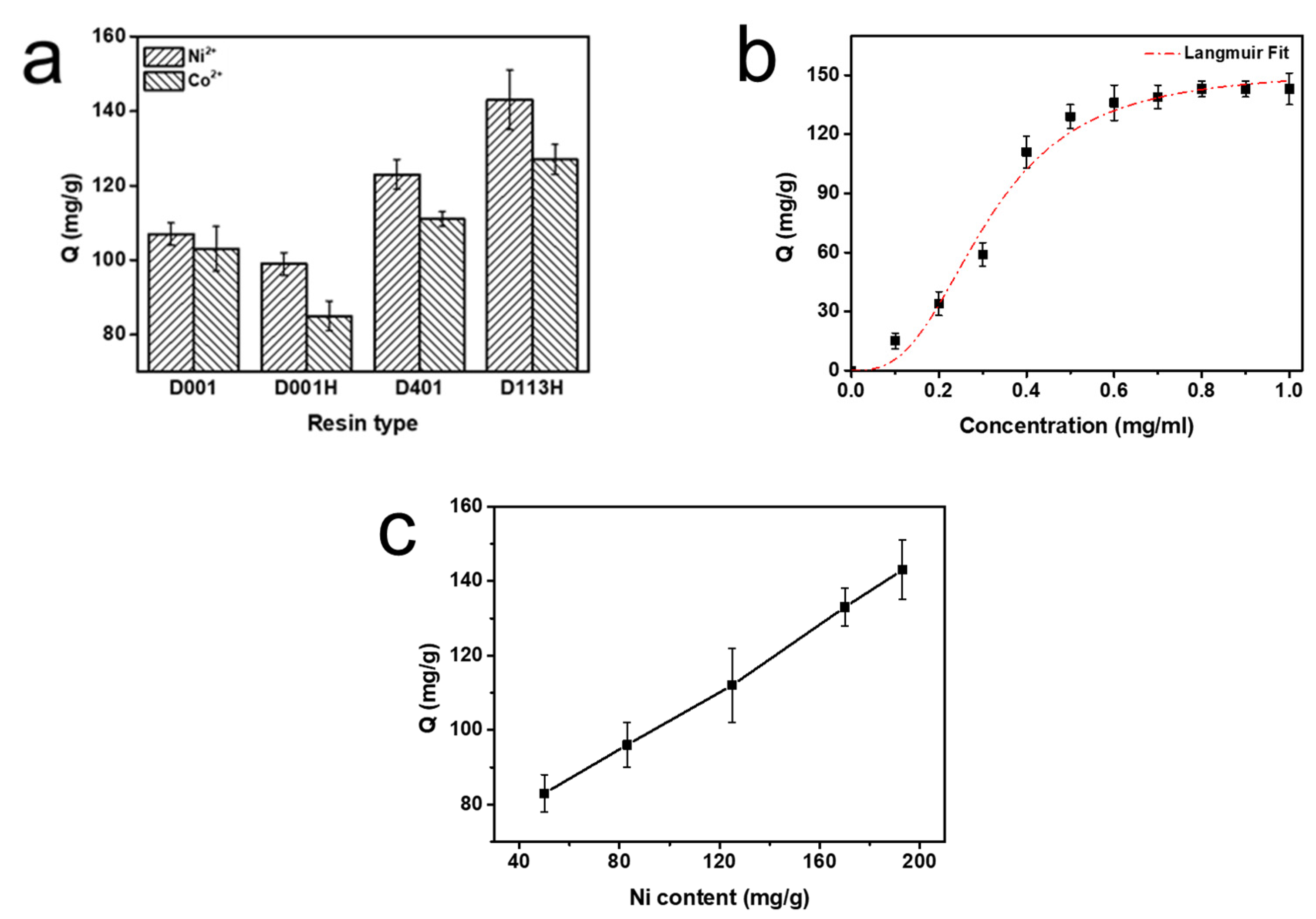
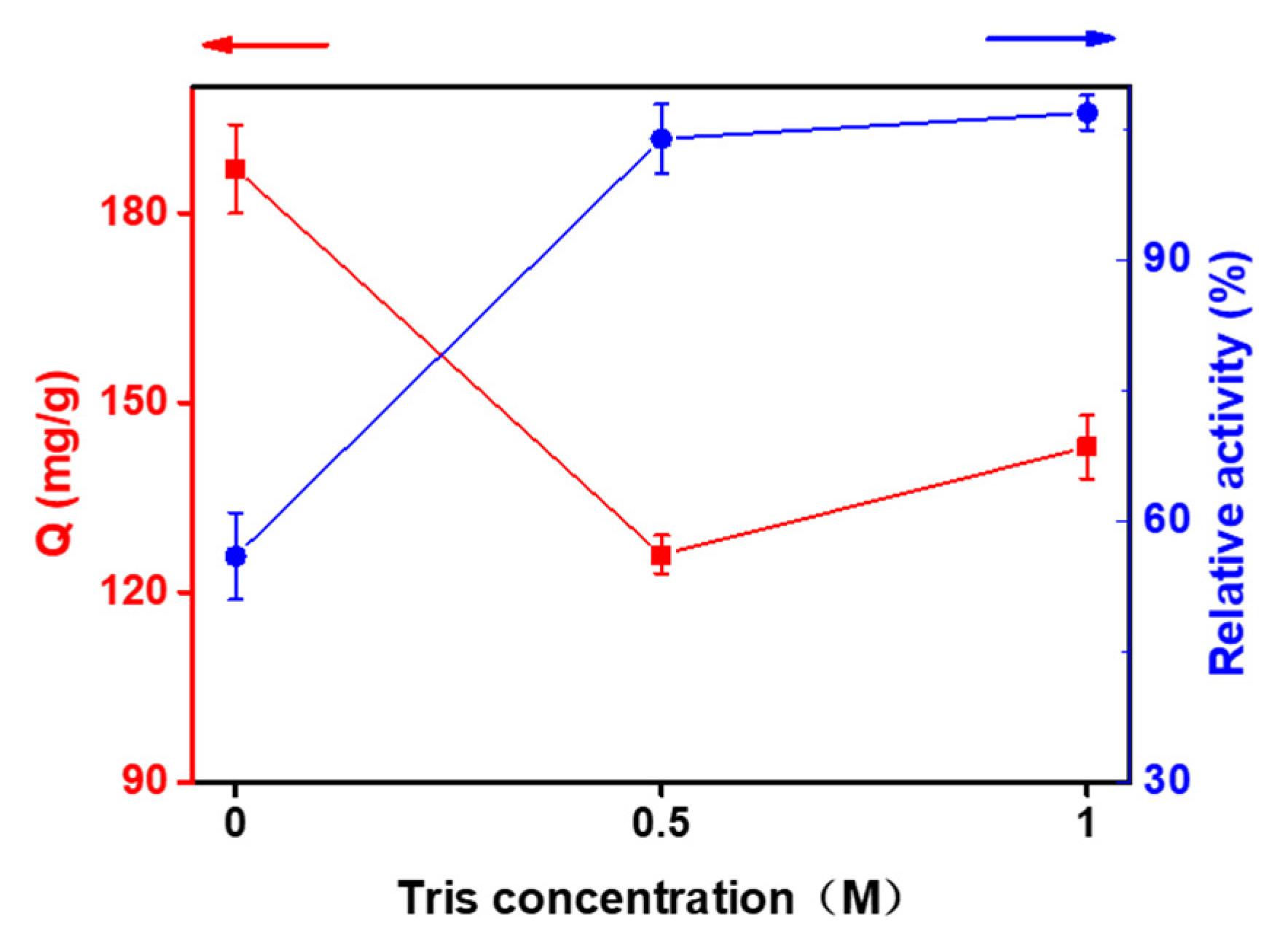
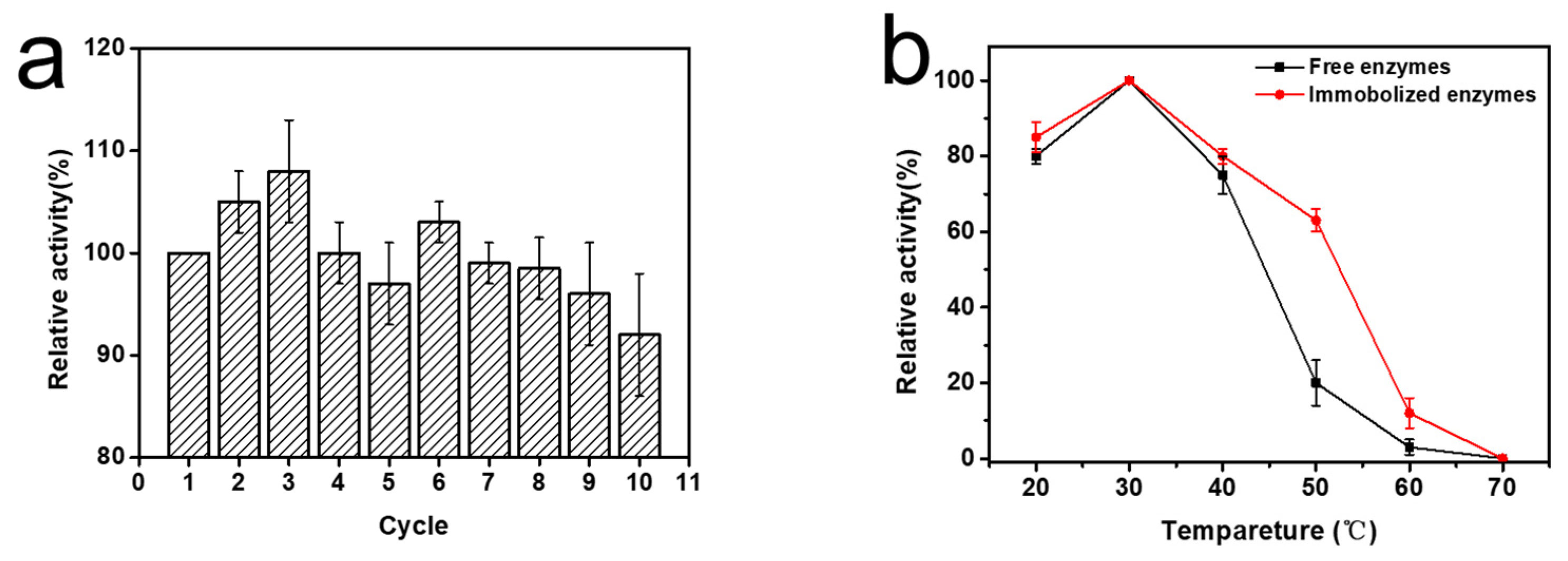
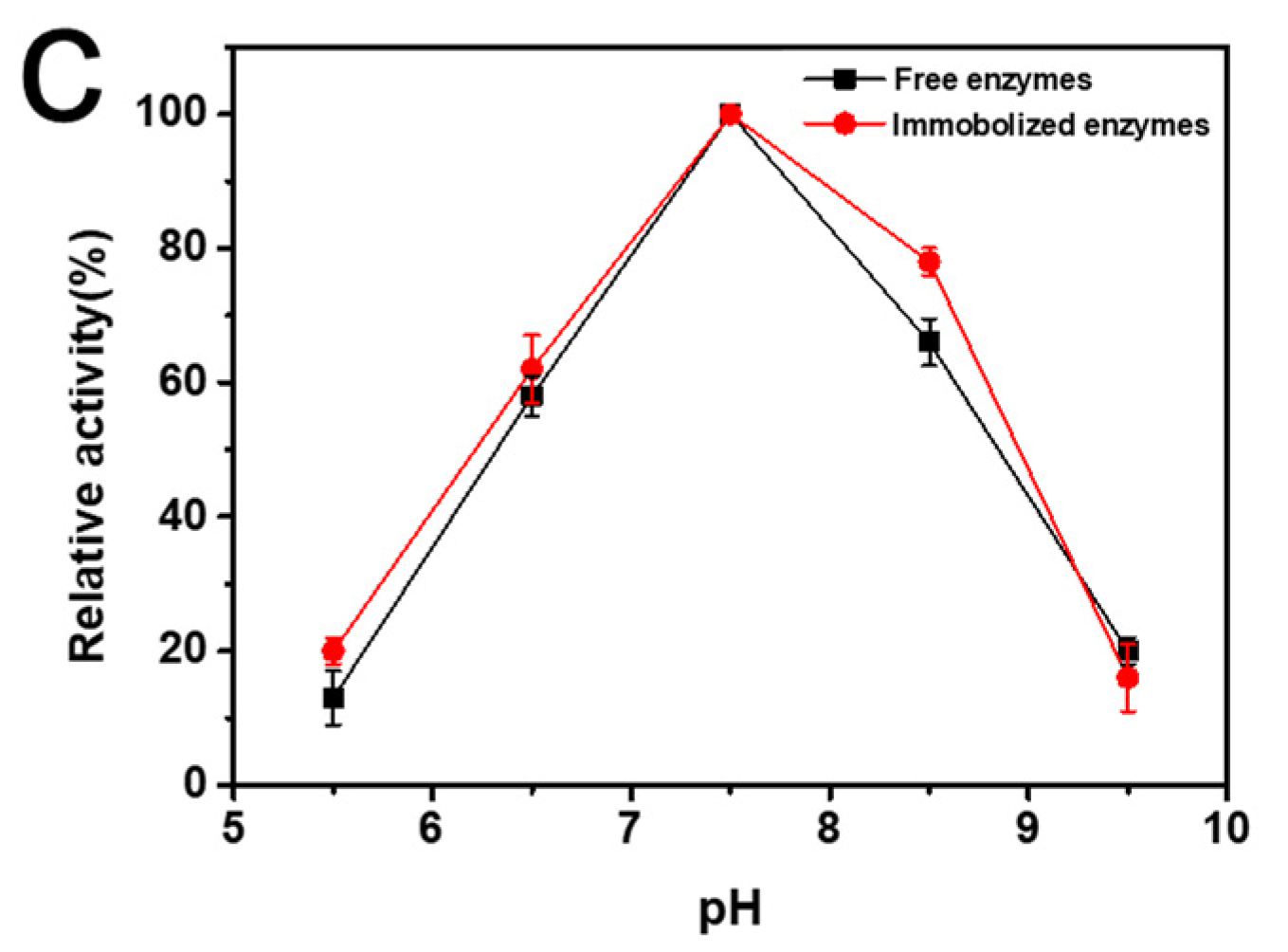
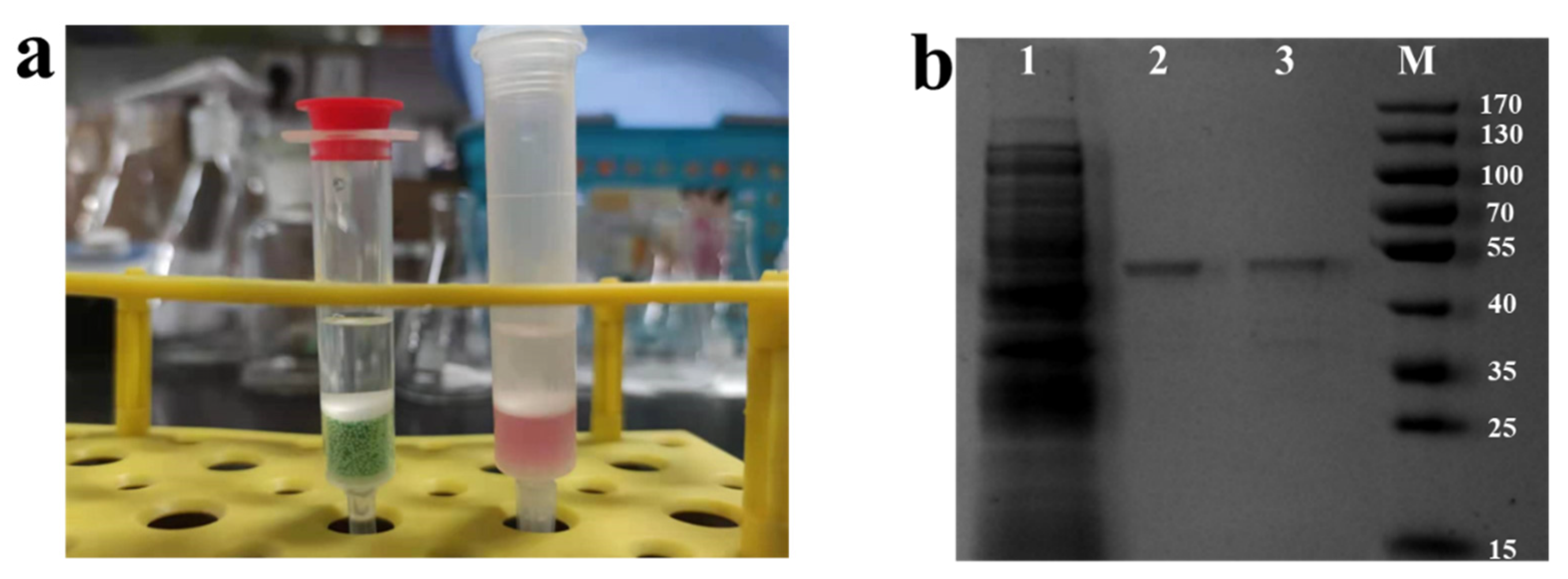

| Resin Type | Functional Group | Ionic Form | Moisture (%) | Particle Size (%) |
|---|---|---|---|---|
| D401 | Iminodiacetic acid | Na | 52–58 | 0.315–1.25 mm |
| D001 | Sulfonic acid group | Na | 45–50 | 0.315–1.25 mm ≥ 95 |
| D001H | Sulfonic acid group | H | 48–58 | 0.315–1.25 mm ≥ 95 |
| D113H | Carboxylic acid | H | 45–52 | 0.315–1.25 mm ≥ 95 |
Disclaimer/Publisher’s Note: The statements, opinions and data contained in all publications are solely those of the individual author(s) and contributor(s) and not of MDPI and/or the editor(s). MDPI and/or the editor(s) disclaim responsibility for any injury to people or property resulting from any ideas, methods, instructions or products referred to in the content. |
© 2023 by the authors. Licensee MDPI, Basel, Switzerland. This article is an open access article distributed under the terms and conditions of the Creative Commons Attribution (CC BY) license (https://creativecommons.org/licenses/by/4.0/).
Share and Cite
Wang, K.; Zhao, L.; Li, T.; Wang, Q.; Ding, Z.; Dong, W. Selective Immobilization of His-Tagged Enzyme on Ni-Chelated Ion Exchange Resin and Its Application in Protein Purification. Int. J. Mol. Sci. 2023, 24, 3864. https://doi.org/10.3390/ijms24043864
Wang K, Zhao L, Li T, Wang Q, Ding Z, Dong W. Selective Immobilization of His-Tagged Enzyme on Ni-Chelated Ion Exchange Resin and Its Application in Protein Purification. International Journal of Molecular Sciences. 2023; 24(4):3864. https://doi.org/10.3390/ijms24043864
Chicago/Turabian StyleWang, Kangjing, Liting Zhao, Ting Li, Qian Wang, Zhongyang Ding, and Weifu Dong. 2023. "Selective Immobilization of His-Tagged Enzyme on Ni-Chelated Ion Exchange Resin and Its Application in Protein Purification" International Journal of Molecular Sciences 24, no. 4: 3864. https://doi.org/10.3390/ijms24043864
APA StyleWang, K., Zhao, L., Li, T., Wang, Q., Ding, Z., & Dong, W. (2023). Selective Immobilization of His-Tagged Enzyme on Ni-Chelated Ion Exchange Resin and Its Application in Protein Purification. International Journal of Molecular Sciences, 24(4), 3864. https://doi.org/10.3390/ijms24043864







